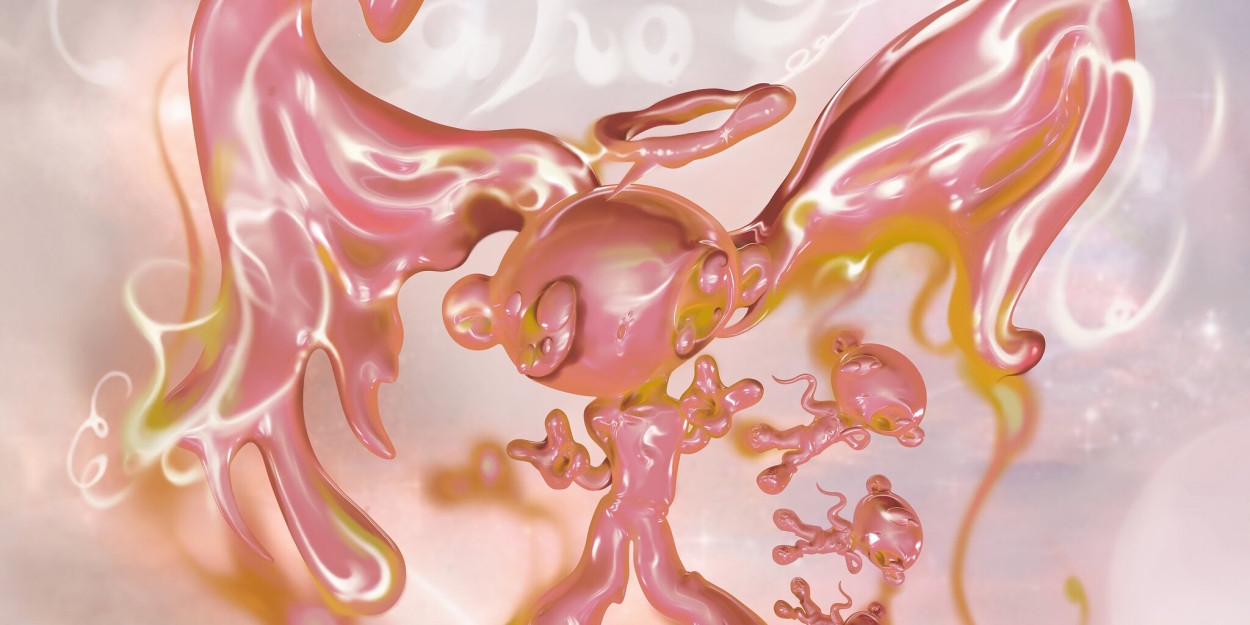Hakushi Hasegawa Shares Final Single 'KYÕFUNOHOSHI' From Upcoming Album
This is the final single from their new album coming next week.

Japanese musician Hakushi Hasegawa/長谷川白紙 (they/them) shares new song and video, “KYŌFUNOHOSHI,” the final single from their new album Mahōgakkō/魔法学校, their first full-length album for LA-based Brainfeeder, out July 24th. Previous singles include “Departed,” “Boy’s Texture,” and last year’s “Mouth Flash (Kuchinohanabi).” The video comes courtesy of Shu Yonezawa.
“KYŌFUNOHOSHI” is a methodical sonic cacophony. Walls of sound comprise of fast and bombastic percussion on top of jazz brass solos and intricately harmonized vocals. An overload of sound made into intentional and organized chaos, "KYŌFUNOHOSHI," like the singles before, traverses unmarked territory of electronic music, showcasing possibilities still untapped.
In the accompanying video, a red haired anime figure is projected onto a more life-like rendered sandy beach and ocean, symbolizing a merging of dimensions. Japanese and English subtitles quickly flash across the screen as the character runs across the beach, slowly unraveling and losing form, ending as a red ribbon of color flying into the sun.
Director Shu Yonezawa shared this about the video: “I came up with the idea of a planet of tears from the planet of fear (KYŌFUNOHOSHI), and portrayed an animation of running through oceans and deserts of tears. When I first received and listened to the song, I could really hear so many voices, and while I felt that it was like myself but not myself, and furthermore, that I also felt myself becoming uncertain, unstable, and multifaceted, anima was able to just be there, supported by the lines of music. The more you listen, the more you can see and hear the voices. Please listen closely along with the subtitles. I would like to thank Heijiro Yagi for the logo design, Sou Kurosaki for explaining the shape of the voice to me and giving me courage, and all of my assistants.”
Mahōgakkō, translating to “Magic School,” finds Hasegawa pushing their boundaries to the absolute limit, with hyperspeed jungle and breakcore traded up for the even more pummeling onslaughts inspired by Tanzanian singeli so that they become just another texture in the wild sonic landscapes. And just when your senses are bordering on overloaded, Hasegawa gifts you a moment of sweet reprieve before the roller coaster sets off again with hectic syncopations and harmonic jumps not for the faint of heart.
“The balance is probably the only thing in my work that is intentional and very important to me,” shares Hasegawa. “In many of my songs, I use a scale that I personally call the ‘Explanatory Ratio’ to guide my work. This is not a sophisticated musical theory at all, but simply a subjective scale that looks at the balance of sounds that are explainable to me and sounds that are not explainable to me, and whether or not they are distributed in the ratio that I set for each piece.”
Their invented theory results in Mahōgakkō’s noisy experimentations with its influences, which include jungle, J-pop, and singeli to conjure its frenetic sound. Impressively, the eye of this sonic maelstrom revolves solely around Hasegawa, who taps only a few select collaborators to enliven their vision. Those who caught lead single “Mouth Flash” will recall bassist Sam Wilkes added depth to the track juxtaposed against Hasegawa’s high-pitched singing. The lone featured vocalist rapper KID FRESINO lends his voice to “Gone,” where FRESINO’s determined flow seems to ground the skittering drums from spiraling out of control. NYC-based jazz composer Miho Hazama likewise lends her own form of control to “KYŌFUNOHOSHI,” guiding horns and saxes brought in by Yohchi Masago, Ryo Konishi, and Tomoaki Baba (J-Squad).
Comments
Videos

